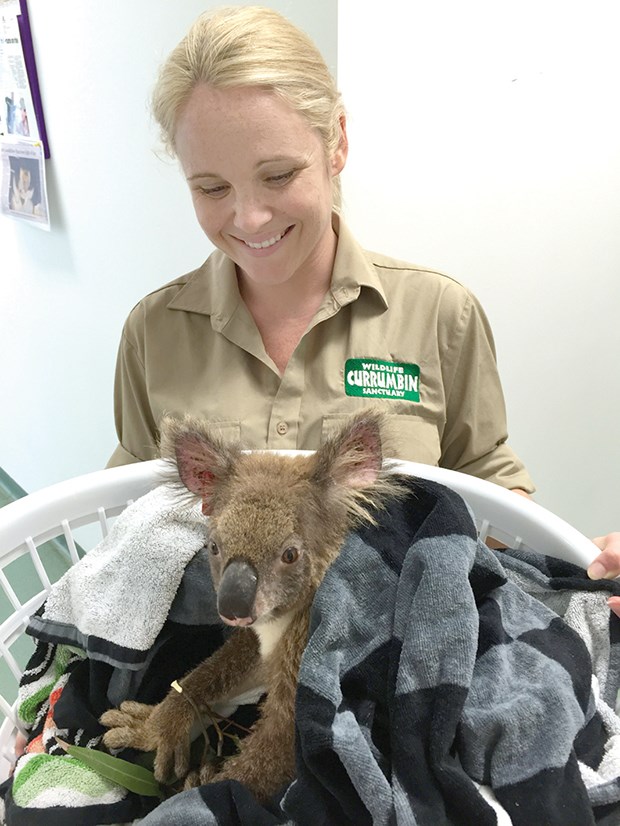CURRUMBIN, Queensland, Australia - It's just like any other hospital - except the patients are animals, including many found only here in Australia.
Most visitors to the land Down Under can get up close and personal with native animals like koalas, kangaroos and emus when visiting zoos and wildlife parks. But they rarely get to see the special action that takes place in the wildlife hospitals - most of which treat only the animals at these zoos and parks.
One exception is the Currumbin Wildlife Hospital, part of the Currumbin Wildlife Sanctuary on Australia's Gold Coast 100 kilometres south of Brisbane, one of the area's major tourist attractions.
"As well as looking after the sanctuary's inhabitants, we also treat injured animals large and small brought in to the hospital by the public," says Michael Pyne, general manager of the Sanctuary - Life Sciences - and senior veterinarian.
Visitors to the hospital, which is open seven days a week, not only watch operations and other procedures taking place but for a donation of $60 - the average cost of treating an animal - they can also inscribe their names on the pavers leading up to the hospital, which is one of the ways the hospital raises funds.
"We have a proud tradition of treating sick, injured and orphaned native wildlife dating back to 1989," says Pyne.
"We have grown to be one of the largest animal hospitals in the world, now admitting more than 8,000 patients a year."
Just like in a people hospital, careful records are kept of all the wildlife patients which, after treatment and recovery, are released back into the wild in the same area where they were found.
The animals range in size from orphaned baby birds, bats and marsupials to adult wallabies and pelicans with their 2.5-metre wingspread. Birds are often injured by flying into a window or being hit by a car. Reptiles get caught in wire mesh. Koalas get hit by cars or attacked by dogs or cats.
Pyne says possibly the hospital's most famous patient was a python - often called a carpet snake by locals - that ate four golf balls.
"The golf balls were being used as fake eggs underneath a broody chicken, to encourage it to lay the real items," he said.
"The python, thinking they were indeed eggs, ate the golf balls.
"Surgical removal went well and the python was released back into the wild. The story went viral and global."
Visitors to the hospital can also see meals being prepared for the patients to suit their wide variety of tastes.
Blue-tongued lizards, for example, fancy live meal worms; owls prefer mice, which the hospital buys dead to be skinned before being put on the menu. Koalas are comforted by having branches with leaves from their favourite gum (eucalyptus) trees placed in their containers.
On the hospital's back deck, visitors can step on scales to see which native Australian animal they weigh the same as. They can also measure how their outstretched arms compare with various birds' wingspans. And children can put bandages on the "injuries" of stuffed replicas of a rainbow lorikeet (multi-coloured small parrot), green tree frog, koala and wombat.
Volunteers support the vets and nurses at the hospital, performing jobs like preparing meals for the animals, cleaning cages, preparing surgical instruments, taking information when animals are admitted and explaining to visitors the details of treatments taking place in the floor-to-ceiling glass viewing areas.
A visit to the wildlife hospital is included in the general admission to the sanctuary.
- Mike Grenby writes a regular column of personal financial advice for North Shore News readers and is also a travel writer who teaches journalism at Bond University on Australia's Gold Coast



